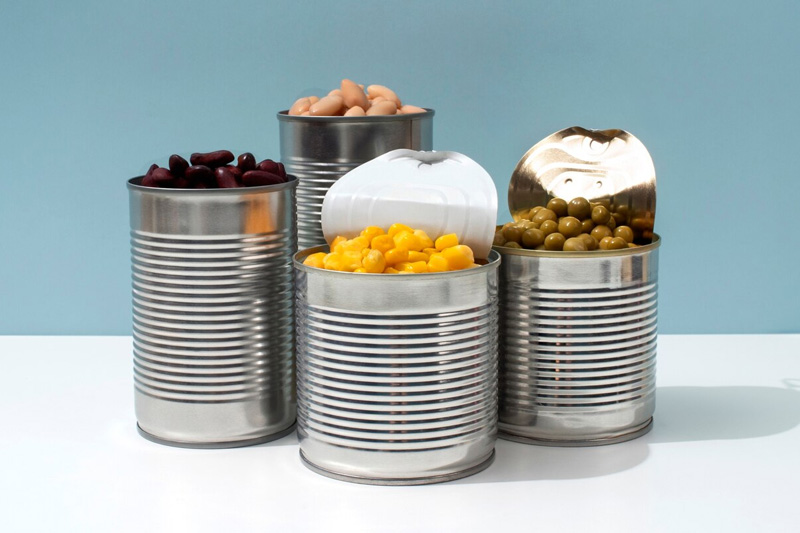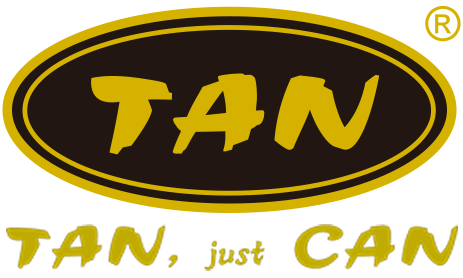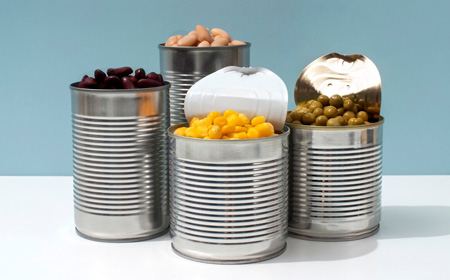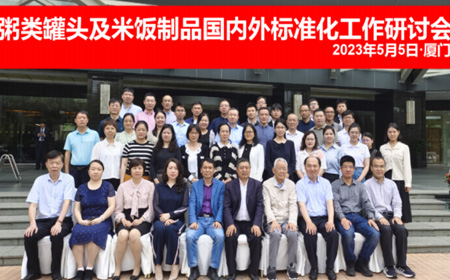Canned food packaging serves as the first point of contact between consumers and products, making it a crucial element in influencing purchasing decisions. In recent years, consumer preferences and market trends have shaped the evolution of canned food packaging, driving innovation and creativity in design, materials, and functionality. In this blog post, we'll explore the latest trends in canned food packaging, examining what consumers look for and how manufacturers are responding to changing demands. We'll also delve into the role of mushroom production technology in sustainable packaging solutions and provide valuable insights into the future of canned food packaging.
1. Sustainable Packaging Solutions:
As consumers become increasingly environmentally conscious, there is a growing demand for sustainable packaging solutions in the canned food industry. Manufacturers are embracing eco-friendly materials, such as recycled paper, biodegradable plastics, and compostable materials, to reduce the environmental impact of packaging.
Mushroom production technology offers innovative solutions for sustainable packaging in canned food manufacturing. Mushroom-based materials, such as mycelium-based bioplastics, offer a renewable and biodegradable alternative to traditional packaging materials. These materials are lightweight, durable, and compostable, making them an attractive option for environmentally conscious consumers.
Insight: Sustainable packaging solutions play a crucial role in meeting consumer expectations and reducing the environmental footprint of canned food packaging.

2. Convenience and Portability:
In today's fast-paced world, convenience is a key consideration for consumers when choosing canned food products. Packaging designs that offer convenience and portability, such as easy-open lids, single-serve portions, and stackable containers, are increasingly popular among busy consumers.
Manufacturers are incorporating innovative features into canned food packaging to enhance convenience and functionality. For example, resealable lids allow consumers to use portions of canned food and save the rest for later, reducing food waste and ensuring freshness. Additionally, lightweight and compact packaging designs make canned foods ideal for on-the-go consumption and outdoor activities.
Insight: Convenience-driven packaging designs cater to the needs of modern consumers and enhance the user experience of canned food products.
3. Visual Appeal and Brand Identity:
Effective branding and visual appeal are essential for capturing consumers' attention and conveying brand identity in crowded retail environments. Eye-catching packaging designs, vibrant colors, and engaging graphics help products stand out on store shelves and differentiate them from competitors.
Mushroom production technology offers unique opportunities for creative packaging designs that resonate with consumers. Labels and packaging materials derived from mushroom-based materials can feature natural textures, earthy tones, and organic shapes, reflecting the sustainable and eco-friendly attributes of the product.
Insight: Visual appeal and brand identity are key drivers of consumer purchasing decisions, influencing perceptions of quality and value in canned food products.
4. Transparency and Informational Value:
Transparency and informational value are increasingly important considerations for consumers when choosing canned food products. Consumers seek clear and concise information about product ingredients, nutritional content, allergens, and sustainability practices to make informed purchasing decisions.
Manufacturers are responding to this demand by providing comprehensive labeling and packaging that communicates key information to consumers. Clear product descriptions, nutritional labels, and certification logos help consumers assess the quality and suitability of canned food products for their needs.
Insight: Transparent packaging and labeling build consumer trust and confidence, fostering brand loyalty and repeat purchases.
- Personalization and Customization:
In an era of personalized experiences, consumers appreciate packaging designs that cater to their individual preferences and lifestyles. Customizable packaging options, such as personalized labels, gift packaging, and limited edition designs, offer consumers a sense of exclusivity and uniqueness.
Manufacturers are leveraging digital printing technology and flexible packaging materials to offer personalized packaging options for canned food products. Customizable labels, packaging shapes, and color schemes allow consumers to create personalized gifts or special occasions.
Insight: Personalized packaging enhances consumer engagement and loyalty, creating memorable experiences and fostering emotional connections with brands.
Conclusion:
In conclusion, trends in canned food packaging reflect evolving consumer preferences and market dynamics, driving innovation and creativity in design, materials, and functionality. Sustainable packaging solutions, convenience-driven designs, visual appeal, transparency, and personalization are key considerations for consumers when choosing canned food products. Manufacturers are leveraging mushroom production technology and innovative packaging solutions to meet these demands, while also enhancing sustainability and reducing environmental impact. By staying attuned to consumer preferences and embracing creative packaging strategies, canned food manufacturers can differentiate their products, build brand loyalty, and drive growth in a competitive market landscape.




采访刊发中国罐头⾏业-01.jpg)

